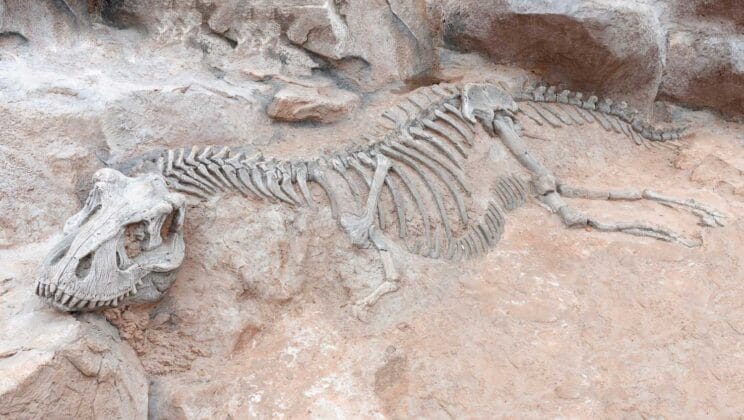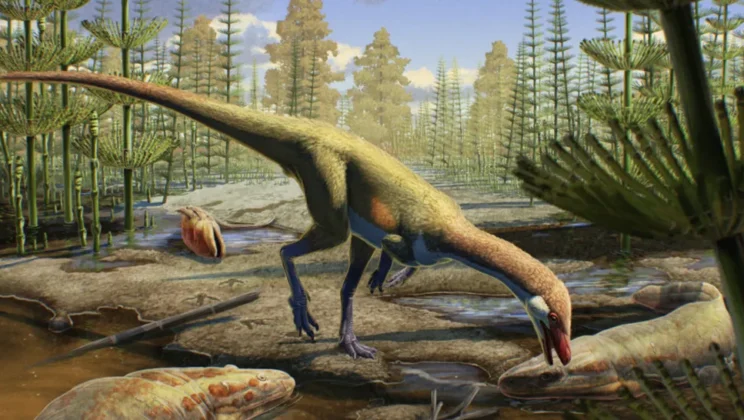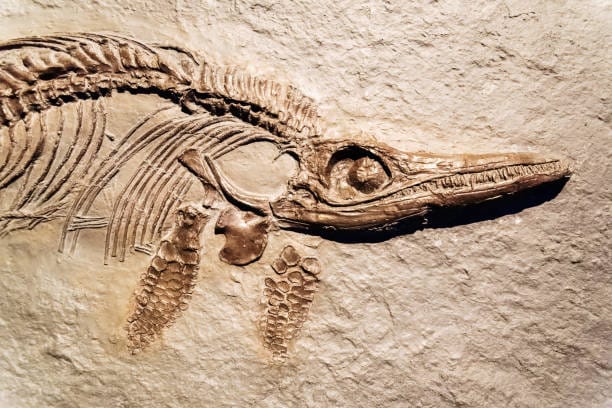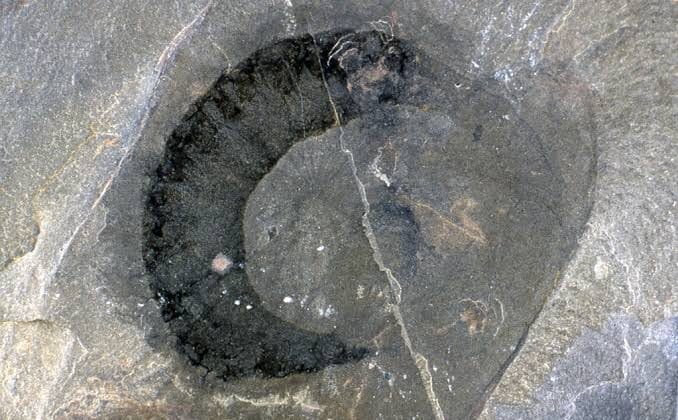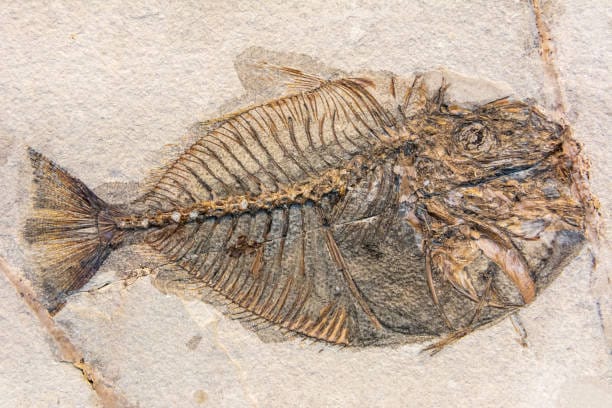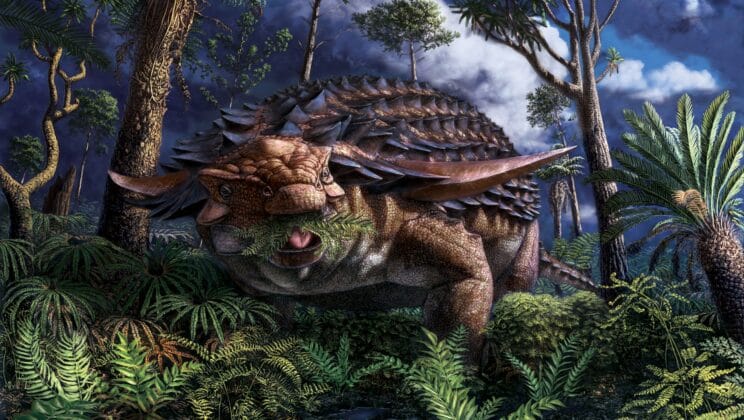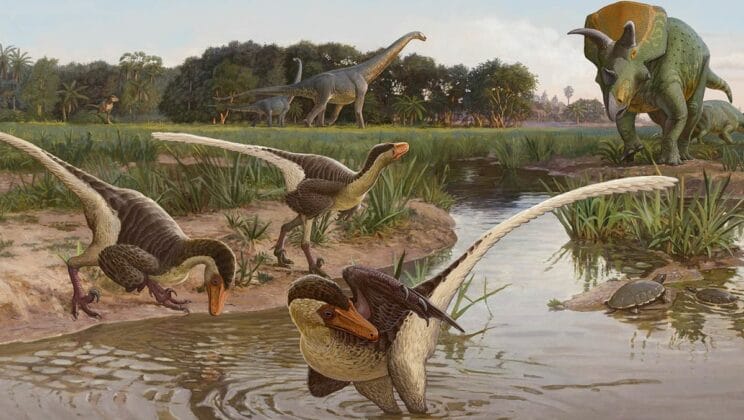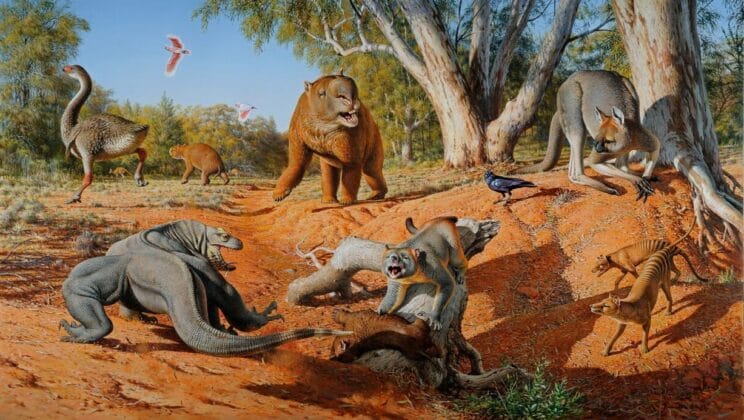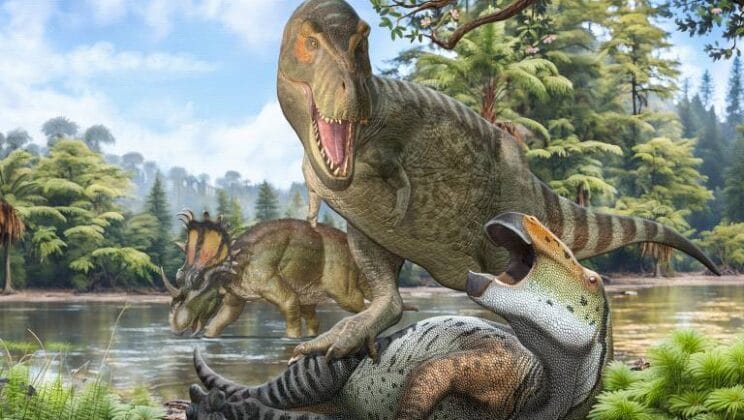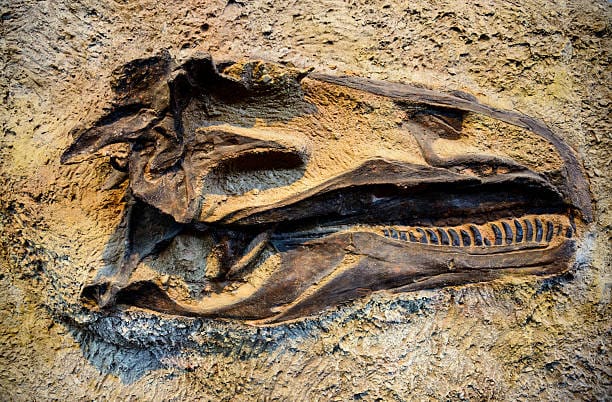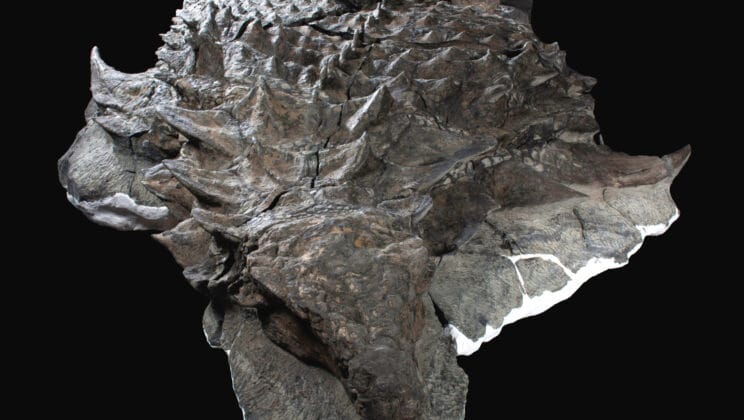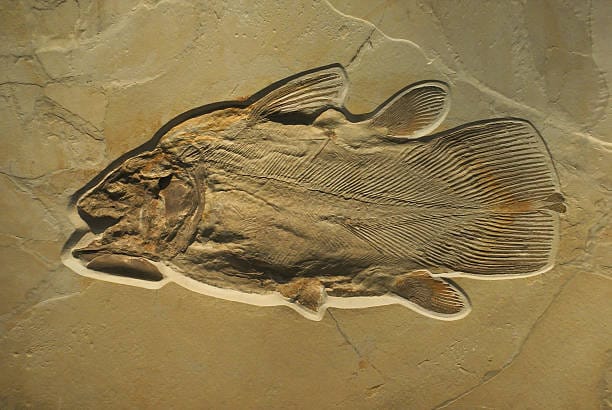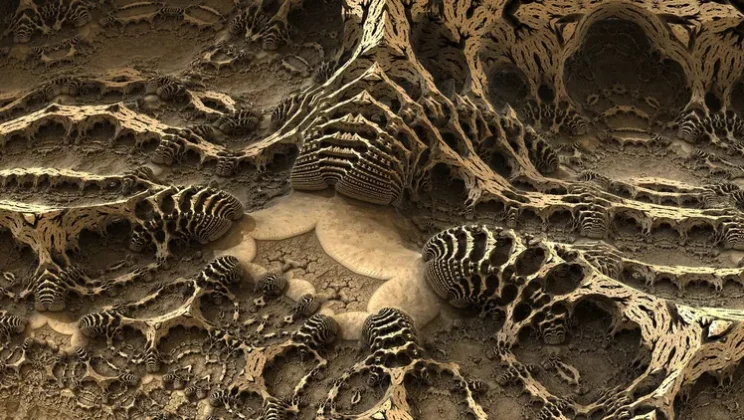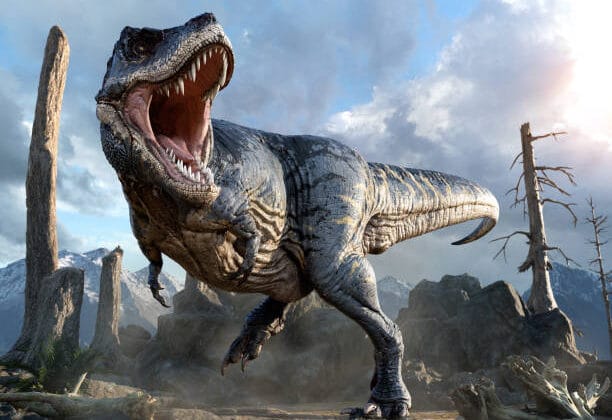Beneath the surface of the Earth lies a forgotten world—a silent, stony archive that has yet to be read. For…
Category: Biology
Are There Still Undiscovered Dinosaurs?
Somewhere deep within the Earth, beneath layers of ancient sediment and the hush of passing time, secrets still sleep. They…
Fossils in the Grand Canyon: What They Tell Us
The Grand Canyon, with its sprawling majesty, is often seen as a symbol of nature’s raw power—an open wound in…
Can Fossils Be Found in Your Backyard?
Imagine walking through your backyard on a quiet morning. The grass is wet with dew, birds chatter in the trees,…
What Are Microfossils and Why Are They Important?
If you were to hold a grain of sediment in your hand and examine it with the naked eye, you…
What Is the Significance of Fossilized Fish?
Long before mammals roamed the Earth, before forests towered across continents or even flowers unfolded their petals to sunlight, there…
How Are Fossils Used to Date Rock Layers?
Beneath our feet lies a world carved not by human hands, but by eons of Earth’s history, captured and preserved…
What Is the Most Complete Dinosaur Fossil Ever Found?
Deep in the rugged hills of Alberta, Canada, on a seemingly ordinary day in 2011, a heavy-machine operator named Shawn…
Why Are So Many Dinosaur Fossils Found in North America?
When you picture dinosaurs—towering Tyrannosaurus rexes, horned Triceratopses, or duck-billed Hadrosaurs—odds are the dusty badlands of North America come to…
What Fossils Tell Us About Ice Age Megafauna
Long before cities rose from stone or steel and humanity carved its mark upon the Earth, the planet was a…
How Did Paleontologists Discover T. rex?
In the heart of the badlands, beneath layers of sandstone and time, lay secrets so immense, they would one day…
What Is a Fossilized Forest?
Beneath layers of ancient sediment and the weight of millions of years, entire forests—once vibrant with life, rustling leaves, and…
Can You Own a Dinosaur Fossil?
There is a strange magic in the idea of holding time in your hands. To cradle in your palms the…
Who Was Mary Anning and Why Is She Important in Paleontology?
When the skies were gray and the tide was low along the cliffs of Lyme Regis in southern England, a…
How Are Fossils Excavated Without Damaging Them?
There’s a strange kind of reverence in the act of unearthing something that hasn’t seen the light of day in…
What Are Coprolites and What Can They Teach Us?
There is something almost magical about the way the past speaks to us—through broken bones, imprints of leaves, ancient teeth,…
Are Fossils Ever Found With Skin or Soft Tissue?
When we think of fossils, most of us imagine bones turned to stone—ribs of ancient dinosaurs curled in dusty rock,…
The Evolution of Whales: From Land to Sea
If you stood on the edge of a rocky coastline today, watching a humpback whale breach the surface, its massive…
What Is a Trace Fossil?
Imagine walking through a vast desert where the wind has long since stilled. Beneath your feet, the sand is hard,…
Why Are Fossils So Rare?
To hold a fossil in your hand is to clasp a message from a world long vanished. Whether it’s a…
What Are Index Fossils and How Are They Used?
There’s a story buried beneath our feet—millions of years long, written not in ink, but in stone. This is the…
How Are Dinosaur Fossils Named?
Somewhere beneath the layers of ancient earth, among the crumbling cliffs and sun-baked badlands, a silent mystery sleeps. A femur…
